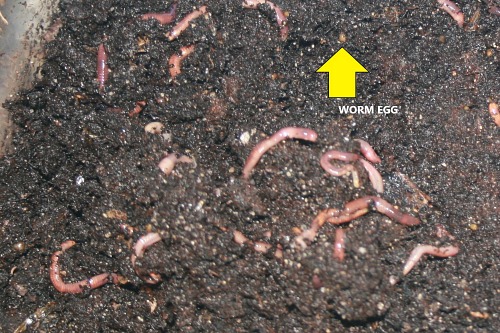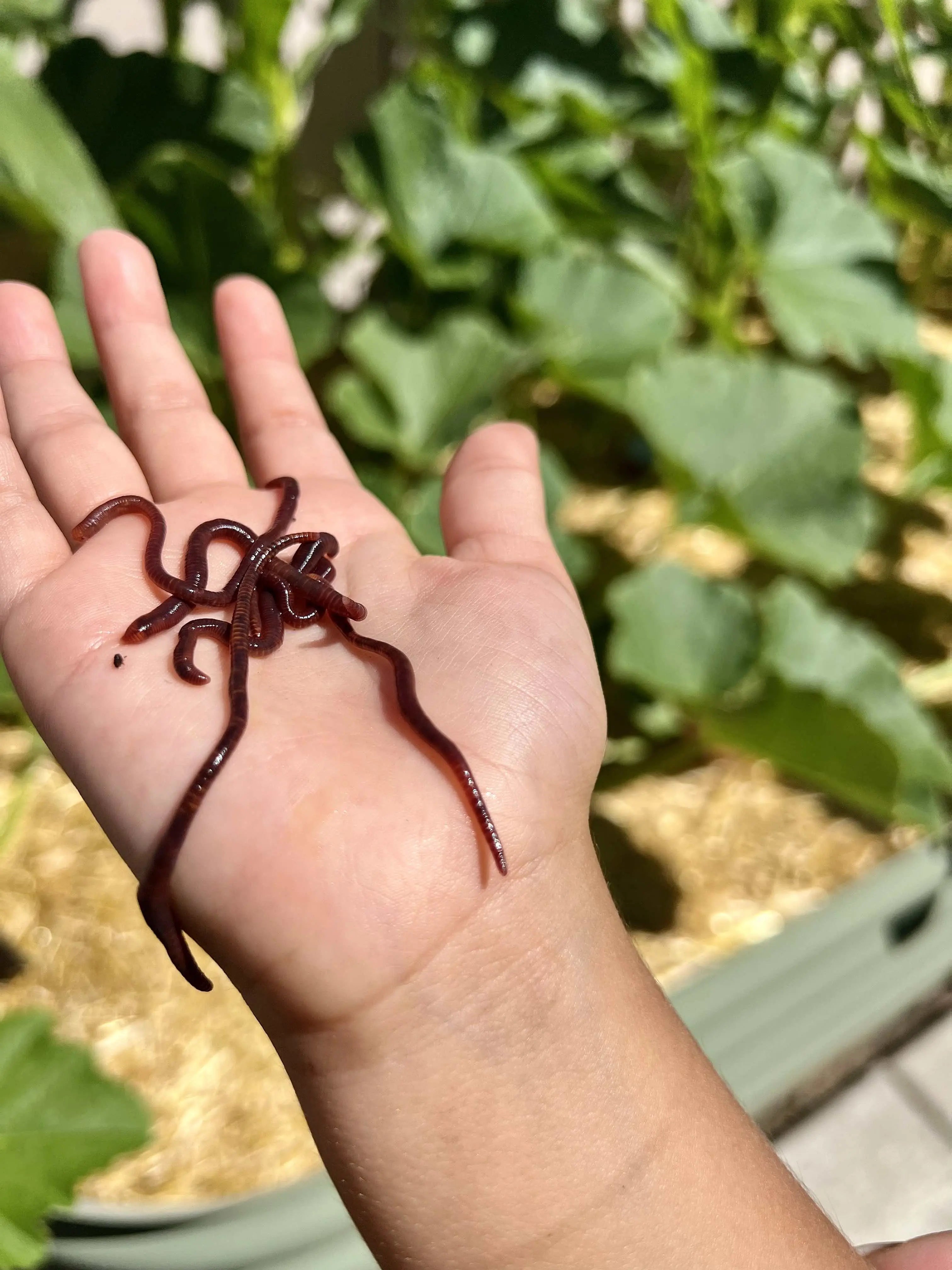Red Wigglers: The Unsung Heroes of Organic Waste Recycling
Red wigglers, or Eisenia fetida, serve as crucial representatives in the organic waste recycling process, changing thrown out materials into valuable vermicompost. As the world significantly seeks options to fight waste build-up and improve farming productivity, recognizing the role of these worms becomes necessary.
What Are Red Wigglers?
The amazing strength of red wigglers, medically understood as Eisenia fetida, emphasizes their critical function in natural waste recycling. These tiny, reddish-brown earthworms are generally found in disintegrating raw material, such as compost heap and manure heaps. Lake Hickory Bait. Unlike various other earthworm varieties, red wigglers prosper in nutrient-rich environments and are very efficient at damaging down natural products, making them important for vermicomposting

(Red Wiggler Express)Along with their role in waste decrease, red wigglers add to dirt health by enhancing soil framework and oygenation with their tunneling activities (Lake Hickory Bait). Their visibility in composting systems not only enhances decay prices however additionally advertises a sustainable method to lose management, highlighting their importance in environmental preservation efforts
Advantages of Composting With Worms
Composting with worms, especially red wigglers, uses various advantages that improve both waste monitoring and dirt health. These worms efficiently damage down natural waste, transforming it into nutrient-rich vermicompost that enriches soil. This process increases disintegration, allowing for a quicker recycling of kitchen scraps and various other natural products contrasted to conventional composting techniques.
Additionally, the vermicompost created by red wigglers is bursting with advantageous bacteria, which help enhance soil structure, aeration, and moisture retention. This boosts the overall wellness of plants, advertising vigorous development and enhanced returns in yards and farming settings. The use of worms in composting reduces the manufacturing of greenhouse gases, such as methane, contributing to a much more sustainable waste administration system.

How to Begin Vermicomposting
Establishing a vermicomposting system is a simple process that can generate substantial benefits for both waste administration and soil enrichment. To start, pick an ideal container, such as a plastic container or wooden box, with adequate ventilation holes to make certain appropriate air flow. The measurements need to ideally be about 2 feet by 3 feet, permitting enough room for the worms to prosper.
Next, prepare bedding material, which can contain shredded newspaper, cardboard, or coconut coir. This bedding must be moistened to develop an appropriate habitat for the worms. When the bedding remains in area, present red wigglers (Eisenia fetida) into the bin, usually around one pound of worms for every single square foot of area.
Complying with the placement of worms, add natural waste, such as fruit and veggie scraps, coffee premises, and crushed eggshells. Prevent adding dairy products, meat, or oils, as these can develop odors and attract insects. Ultimately, place the bin in a shaded, temperature-controlled area to maintain optimal conditions for worm activity. With these actions, you click here for more will properly initiate a vermicomposting system that contributes to lasting waste monitoring and improves your soil.
Preserving a Healthy Worm Bin
(Lake Rhodhiss Bait)Maintaining a worm bin thriving calls for normal attention and like ensure the health of the red wigglers and the effectiveness of the composting procedure. Appropriate upkeep starts with monitoring the moisture levels; the bin should be wet but not waterlogged. A great policy of thumb is to preserve an uniformity similar to a wrung-out sponge.
Oygenation is crucial. Gently blending the bedding and food scraps every couple of weeks protects against compaction and makes sure that all worms have access to oxygen. In addition, it is vital to feed the worms properly. A balanced diet of vegetables and fruit scraps, coffee premises, and crushed eggshells need to be used in small amounts to stay clear of overfeeding, which can cause odors and parasites.
Temperature policy is another crucial aspect. Red wigglers flourish in an array of 55 to 77 degrees Fahrenheit. If the container becomes too warm or cold, the worms might end up being worried - Lake Hickory Bait. Last but not least, periodically examine for signs of wellness, such as worm populace development and the existence of healthy spreadings. By faithfully managing these elements, one can preserve a robust and effective worm bin.
Effect on Lasting Living
The successful maintenance of a worm container not just benefits the wellness of red wigglers but additionally adds significantly to lasting living techniques. By reusing organic waste, such as kitchen area scraps and yard particles, red wigglers assist divert considerable quantities of material from garbage dumps. This decrease in waste not just decreases greenhouse gas emissions however also lessens the environmental concern connected with waste administration.
Furthermore, the castings created by red wigglers act as a nutrient-rich organic plant food, improving soil health and wellness and promoting plant development. This natural choice to chemical plant foods sustains lasting farming and horticulture methods, decreasing reliance on artificial inputs that can damage ecological communities. In addition, worm composting promotes awareness of waste management, encouraging people and communities to take on even more sustainable behaviors.

Conclusion
In summary, red wigglers offer as vital contributors to organic waste recycling via their efficient disintegration of organic products. By incorporating vermicomposting into waste management strategies, individuals and neighborhoods can significantly lower waste while promoting environmental sustainability.